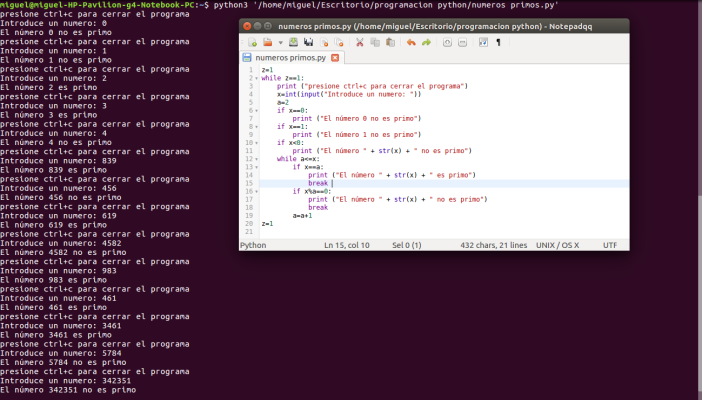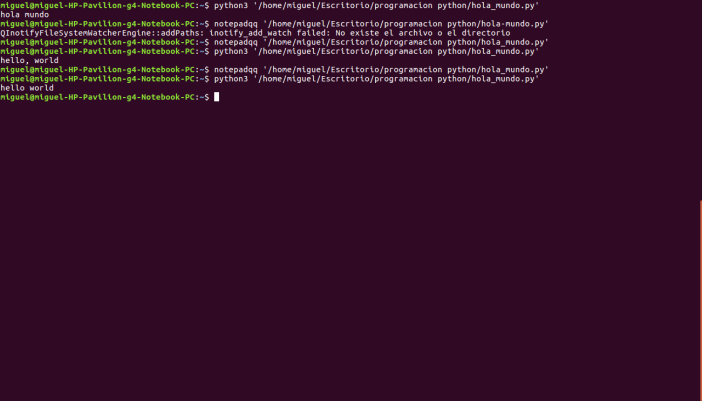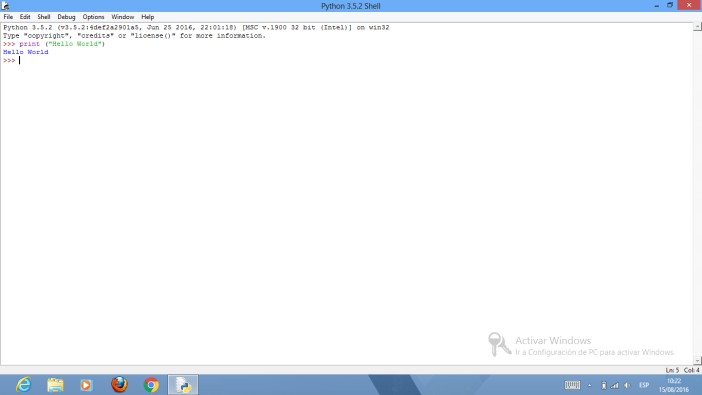--Originally published at Migue´s Blog
La estructura for sirve para repetir un bloque de instrucciones tantas veces como se encuentre un elemento.
Su estructura es la siguiente
For (variable) in (elemento)
(Cuerpo del ciclo)
Las palabras en negritas no cambian, la variable puede tomar cualquier nombre, una letra o una palabra, normalmente se utiliza la letra i.
El elemento indica las veces que se va a repetir el ciclo, si se escribe una palabra en cada repetición la variable tomará el valor de cada letra, si se escriben varios elementos como palabras o números la variable en cada repetición tomará el valor de cada elemento, también se puede escribir un rango para que se repita el número de veces del rango, o se puede escribir un rango entre dos números para que tome valores entre esos dos números.
Para poder obtenr una información más detallada y con más ejemplos puede visitar la página bucle for.
Para poder ejemplificar esto realicé un programa que cuenta el número de caracteres en una frase que ingrese el usuario.


Como en todos mis programas anteriores las primeras dos lineas sirven para crear un ciclo infinito y poder calcular diferentes valores.

Después guardamos en la variable “y” la cadena de texto que vamos a analizar, lo tenemos que guardar asi para que se guarde como un sólo elemento.
También utilizamos un contador llamado letras que nos servirá para ir añadiendo 1 por cada vez que se repita el ciclo.

Por último utilizamos el bucle for, como “y” lo almacenamos como 1 solo elemento, esto funciona igual que si escribieramos una sola palabra, por lo que el ciclo se repetira 1 vez por cada letra, y por cada repetición se añadirá 1 al contador.
Finalmente imprimimos el resultado final del contador.


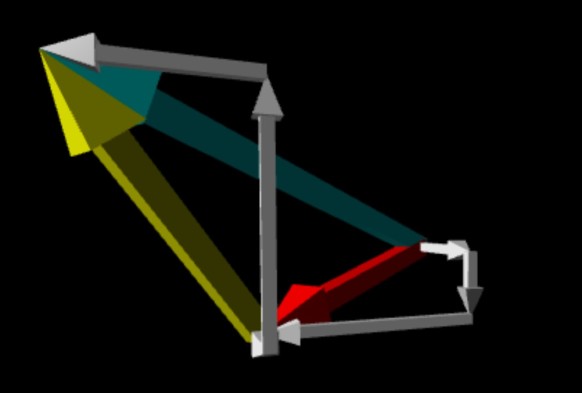
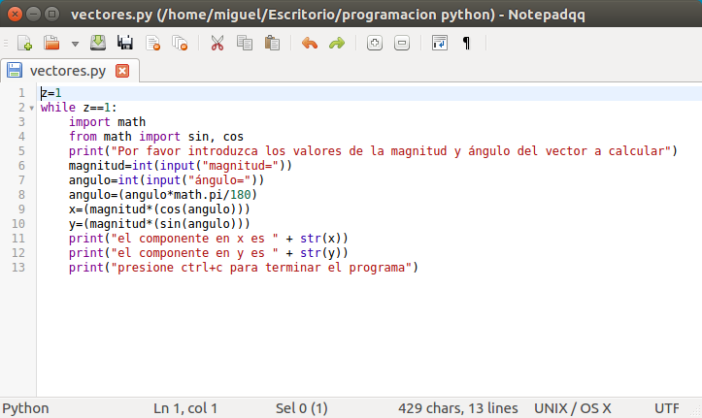




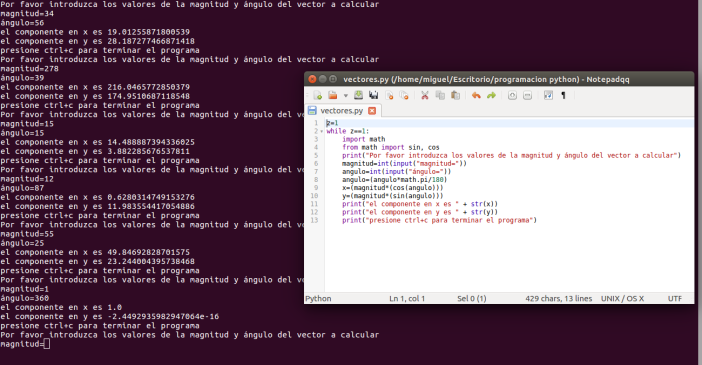
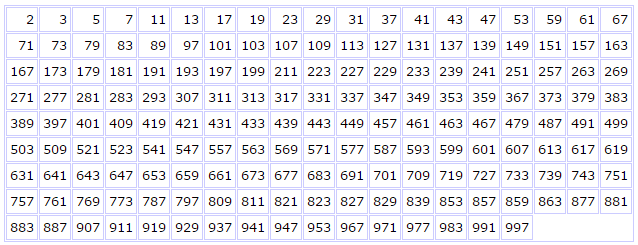
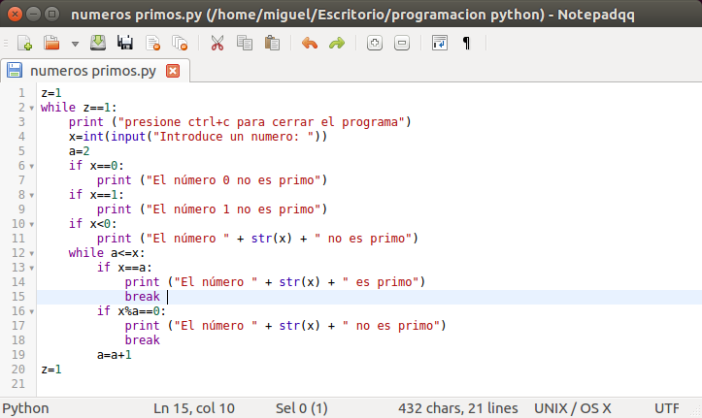
 , is used to make an infinite program until the user press the combination ctrl+c that cancels the infinite loop and closes the program, or you can click on the “X” in your window
, is used to make an infinite program until the user press the combination ctrl+c that cancels the infinite loop and closes the program, or you can click on the “X” in your window  .
. prints the instructions to close the program in the screen for the users that don’t know how to cancel a loop in the terminal.
prints the instructions to close the program in the screen for the users that don’t know how to cancel a loop in the terminal. In the fourth line with the function “input” the user introduce a value with the keyboard and the function “int”, integer, converts the value that the user introduced to an integer value that python can use to do mathematical operations, and the value is saved on the variable named “x”
In the fourth line with the function “input” the user introduce a value with the keyboard and the function “int”, integer, converts the value that the user introduced to an integer value that python can use to do mathematical operations, and the value is saved on the variable named “x” This lines exclude the numbers 0, 1 and the negative numbers from the loop because they are not prime numbers and if they enter to the loop can cause some problems when the program is evaluating the number that we introduced.
This lines exclude the numbers 0, 1 and the negative numbers from the loop because they are not prime numbers and if they enter to the loop can cause some problems when the program is evaluating the number that we introduced. In this final while
In this final while 
